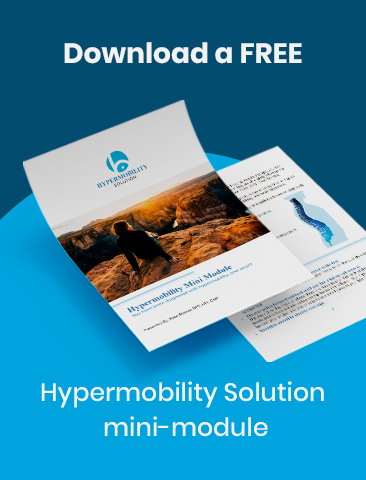For those wrestling with joint flexibility beyond the norm, securing a hypermobility diagnosis can sometimes feel like chasing a mirage.
Unique Diagnostic Challenges
Hypermobility presents distinctively when compared to other disorders. The intricate relationship it shares with diverse connective tissue disorders makes the diagnosis a challenging endeavor. Given the variance in symptoms among individuals, pinpointing hypermobility becomes even more complex.
Starting with Your Primary Care Physician
The journey to a diagnosis often begins at the door of your primary care physician. Inform them about your hypermobility concerns, seeking guidance on the appropriate diagnostic process. While hypermobility associates with several connective tissue disorders encompassing cardiac and vascular implications, it’s pivotal to get potential concerns assessed and ruled out.
Historically, connective tissue disorders found association with Rheumatology. Now, they resonate more with primary care. However, be prepared: not every general physician may be versed in connective tissue disorders or hypermobility.

Embracing Referrals
A referral isn’t a setback but a opportunity. If your primary care doctor isn’t equipped with hypermobility knowledge, they might usher you towards someone who specializes in the assessment. Such evaluations delve deep into joint movements, physical proportions, skin health, and more. The resultant analysis aids in both securing a diagnosis and ruling out other possible conditions.
Considering Genetic Counseling
Though at-home genetic tests, like those from 23andMe or Ancestry.com, are available, a specialized genetic counselor offers a more detailed, nuanced perspective. However, genetic tests come with their own caveats. A positive result doesn’t guarantee a syndrome, while a negative one doesn’t always absolve you of a disorder. Plus, not all disorders have identified genetic markers yet.

Genetic Testing: Benefits and Limitations
Genetic tests shine in specific scenarios such as family planning or addressing unique health concerns. A few points to remember:
- Insurance Concerns: Genetic testing often isn’t covered by insurance and can be pricey.
- Variability in Testing: Not all tests offer the same insights. Picking the most beneficial one is a challenge.
- Treatment Implications: A genetic diagnosis might not influence your treatment. Interventions are typically symptom-driven, not solely diagnosis-dependent.
The Essence of a Diagnosis
While pinpointing a condition feels affirming, remember that the primary goal remains consistent: attaining effective treatment. Whether it’s pain, dislocation, or mobility issues, targeted therapy is the key.

Looking for an online support team? Join the Hypermobility Solution Facebook Group here!




